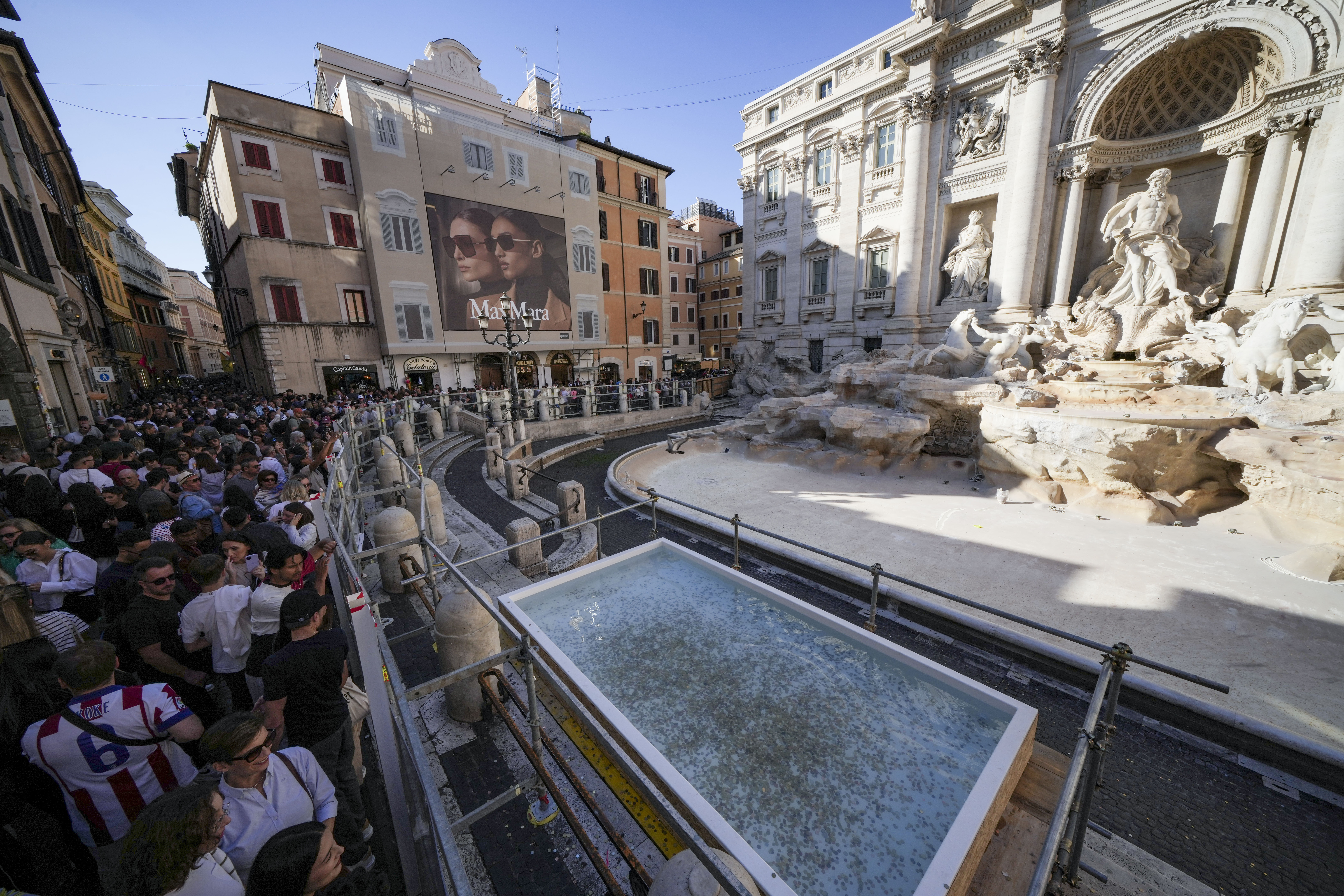Americans are buzzing with excitement for the upcoming total solar eclipse on Monday, April 8.
During these cosmic phenomena, viewers typically watch them in groups or public places such as libraries, parks, festivals, and parks with their eclipse glasses. But not many people know the rest of their wardrobe could improve their entire experience.
Experts at Solar Eyeglasses share tips on what colors viewers should wear to enhance their experience of watching the Great American Solar Eclipse and explain the science behind why these particular colors matter.
Day to Night Vision: How human eyes see colors
In average daylight, the human eye uses cone cells to see colors clearly. Experts said these cells function best under bright light conditions, called Photopic Vision.
As it gets dark, human eyes switch to 'rod cells,' which are better for low-light conditions. These cells don't pick up colors well but are sensitive to blue-green hues.
Get Tri-state area news delivered to your inbox. Sign up for NBC New York's News Headlines newsletter.
Mesopic Zone: Where the solar eclipse magic happens
U.S. & World
Scientists said the Earth enters an intermediate phase called the Mesopic Vision Zone during the four to five minutes before a total eclipse.
During this phase, the surroundings look less colorful and appear more grayish or silvery because the lighting conditions are neither too bright nor too dark.
According to experts, wearing shades of red and green will enhance the viewing experience. But why those colors?
As light levels decrease, the cone cells in human eyes receive less stimulation, causing colors to appear less vibrant and more gray.
Warm colors like red and orange are more noticeable than cool colors.
Due to the Purkinje effect, green appears brighter in low light, popping against the dim surroundings, according to scientists.
Not only will the red and green outfits create a memorable moment, but selfie lovers can get a vivid shot with the eclipse in the background.
"This isn't just an eclipse thing," said a spokesperson at Solar Eyeglasses.
"It's similar to how we observe garden flowers in the evening. Reds turn darker, almost black, while blues and greens get brighter. This Purkinje effect during the coming eclipse will turn the whole experience from just watching the sky go dark to a real-life science demo on your clothes! But to really see the changes in color saturation, lots of people need to wear these complimentary red and green colors. Two or five in a group of 100 wouldn't help."
What is a total solar eclipse?
A total solar eclipse will occur when the Moon comes between the Sun and the Earth. This event will cause large areas of Mexico, the U.S., and Canada to be cast into shadow, and it will appear as if it is either dawn or dusk in the middle of the day. Skywatchers will be able to witness this spectacular phenomenon.
So remember, skip neutral colors like black, white, gray, and brown to catch the transformation and the full effect.
MAP OF SOLAR ECLIPSE PATH
LOOKING AT THE ECLIPSE? USE PROPER EYE PROTECTION!
Anyone looking at the solar eclipse on April 8 should view the partial eclipse ONLY with proper eye protection.
Looking at the sun during a partial eclipse can lead to solar retinopathy, a condition that occurs when someone looks directly at the sun and damages the back of the eye or the retina. The damage from solar retinopathy can be permanent and lead to an overall reduction in the sharpness of a person's vision.
Sunglasses don’t offer enough protection. Solar glasses meeting the ISO 12312-2 international standard are thousands of times darker than sunglasses.
Astronomer Rick Fienberg told NBC 5 Responds that simply looking for a product with the ISO designation printed on the product isn’t enough because anyone can print that number on a pair of glasses. Fienberg is a volunteer with the American Astronomical Society’s Solar Eclipse Task Force and maintains this list of suppliers and distributors of solar viewing glasses and equipment.
Plan ahead, but if you can’t find enough eclipse viewers for each person in your family then make plans to share.
If you have eclipse glasses from a previous eclipse, look them over to make sure the filters are not torn, scratched, or punctured. If filters are coming loose from their cardboard or plastic frames, don’t use them.
If you don’t have glasses or equipment, there are indirect ways to view the eclipse. Check out this page for instructions.
Once in totality, it’s safe to look at the moon and corona without special glasses but ONLY while the moon completely covers the sun.



